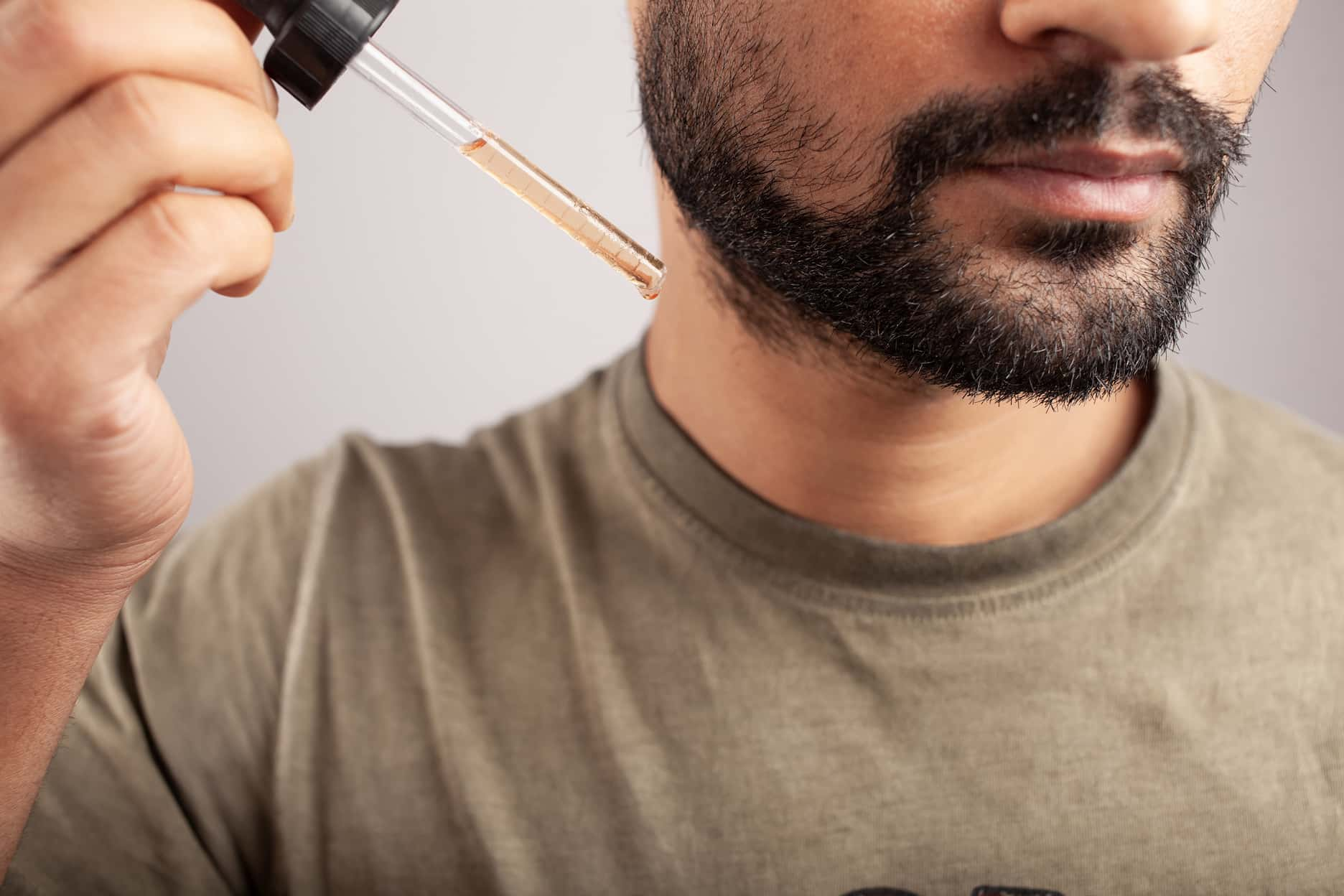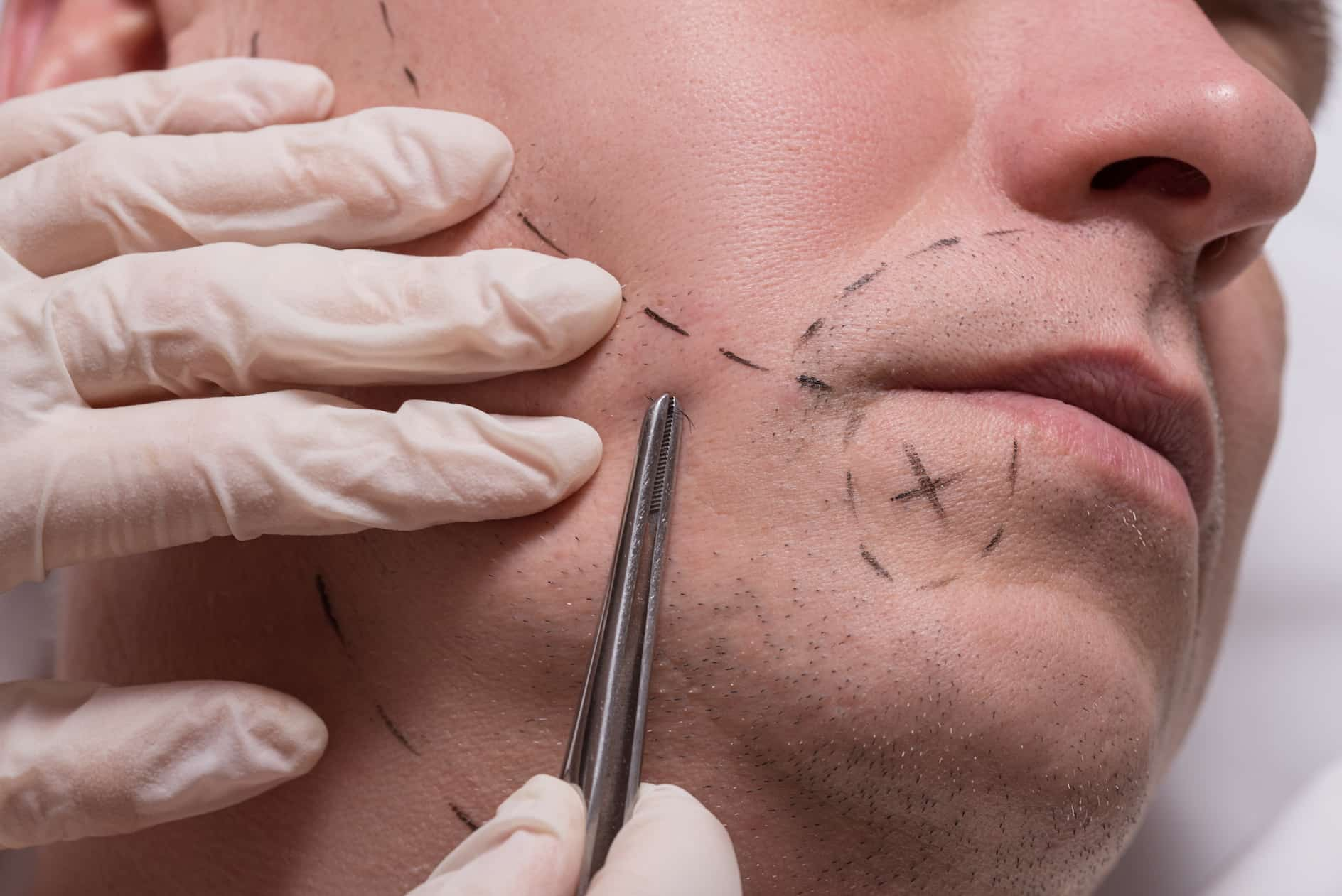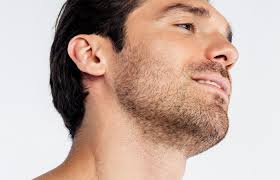
Minoxidil for Beard Growth: Does it Really Work
Beards have been in fashion for centuries, and having a full, thick beard is something many men desire. However, not everyone is blessed with the genetics for a luscious beard, and it can be frustrating to see patches and uneven growth. Enter Minoxidil, a popular hair loss treatment that has gained attention for its potential to stimulate beard growth. In this article, we will explore the science behind Minoxidil and whether it is an effective option for growing a beard.
What is Minoxidil?
Minoxidil is a medication originally used to treat high blood pressure. However, researchers found that it had an unexpected side effect: it stimulated hair growth. Today, Minoxidil is commonly used to treat hair loss, particularly male pattern baldness. It is available in topical form, as a foam or liquid, and is applied directly to the scalp.
The mechanism by which Minoxidil stimulates hair growth is not fully understood, but it has thought to widen blood vessels in the scalp, increase blood flow and oxygen to hair follicles, and stimulate the production of hair growth factors. When applied topically to the face, it is believed that Minoxidil has a similar effect on beard hair follicles, promoting growth and thickening of the beard.
How to Use Minoxidil for Beard Growth?
If you’re interested in using Minoxidil to promote beard growth, there are a few things to keep in mind. First, Minoxidil is a medication, and you should always follow the instructions on the label and consult with a healthcare provider before use. Second, Minoxidil is not FDA-approved for use on the face, so it is considered an “off-label” use. However, many men have reported success with using Minoxidil for beard growth.
To use Minoxidil for beard growth, start by cleaning your face and ensuring that it is completely dry. Then, apply a small amount of Minoxidil to the areas where you want to promote beard growth. You can use a dropper or your fingertips to apply the solution. It is recommended that you apply Minoxidil twice daily, once in the morning and once in the evening, for best results. Be sure to let the solution dry completely before applying any other products to your face, such as moisturizer or sunscreen.
Is Minoxidil Effective for Beard Growth?
While there is anecdotal evidence that Minoxidil can promote beard growth, there haven’t been many studies specifically examining its effectiveness for this purpose. One small study conducted in 2014 found that Minoxidil was effective for promoting beard growth in men with patchy beards, but more research is needed to confirm these findings.
It is worth noting that Minoxidil may not work for everyone, and there are some potential side effects to be aware of, such as dryness, itching, and irritation of the skin. If you experience any of these side effects, discontinue use and consult with a healthcare provider.
The Science Behind Minoxidil: How it Can Help You Grow a Better Beard?
In this paragraph, the blog post could dive deeper into the science behind Minoxidil and how it promotes hair growth. For example, it could discuss how Minoxidil widens blood vessels in the scalp, allowing more nutrients and oxygen to reach the hair follicles. It could also touch on how Minoxidil stimulates hair growth factors like vascular endothelial growth factor (VEGF) and keratinocyte growth factor (KGF), which can help promote thicker and fuller hair growth. The paragraph could also touch on the specific ways in which Minoxidil might help with beard growth, such as by increasing the length of the anagen phase of hair growth.
The Pros of Using Minoxidil for Beard Growth
In this paragraph, the blog post could discuss the potential benefits and drawbacks of using Minoxidil for beard growth. For example, it could be noted that Minoxidil has been shown to be effective for some people in promoting thicker and fuller beard growth, but that it might not work for everyone. The paragraph could also touch on the potential side effects of using Minoxidil, such as dryness or irritation of the skin, and mention that it’s important to speak with a doctor before starting to use the medication.
Alternative Beard Growth Strategies: What to Try if Minoxidil Isn’t Right for You?
In this, the blog post could offer suggestions for other strategies that might help promote beard growth, particularly for people who can’t or don’t want to use Minoxidil. For example, it could suggest eating a healthy diet rich in protein and vitamins, getting enough sleep, and minimizing stress as ways to support healthy hair growth. It could also touch on the benefits of using topical oils like coconut or jojoba oil, or trying other hair growth supplements or vitamins. The paragraph could also note that some people might need to see a dermatologist to address underlying skin conditions that could be affecting beard growth.
Beard Growth Myths and Misconceptions: Separating Fact from Fiction
The blog post could debunk common myths and misconceptions about beard growth, particularly those that might be preventing people from achieving the beard growth they want. For example, it could address the idea that shaving will make a beard grow in thicker (it won’t), or that certain supplements or vitamins can cure patchy beard growth (there isn’t a lot of scientific evidence to support this). The paragraph could also address any myths or misconceptions about Minoxidil itself, such as the idea that it can be dangerous or cause hair to grow in places it shouldn’t. By separating fact from fiction, the paragraph could help readers better understand what strategies might actually be effective for promoting beard growth.
The Study of Minoxidil Beard Growth
A study published in the Journal of Dermatological Science in 2015 investigated the use of Minoxidil in promoting beard growth. The study involved a group of men with patchy or thin beards who applied Minoxidil topically to the facial areas with sparse hair. Over the course of six months, the participants experienced significant improvements in beard thickness and coverage. The study suggested that Minoxidil may be a viable option for men looking to enhance their beard growth. Therefore, it’s important for individuals considering Minoxidil for beard growth to consult with a healthcare provider and be aware of potential side effects.
Healthy Türkiye Notes
In conclusion, Minoxidil is a medication that has shown promise for promoting beard growth. While it is not FDA-approved for use on the face, many men have reported success with using it to thicken and fill in patchy beards. If you are interested in trying Minoxidil for beard growth, be sure to follow the instructions on the label and consult with a healthcare provider. And remember, everyone’s body is different, so results may vary. If you want to have a beard transplant in Turkey please contact us.

.jpg)

